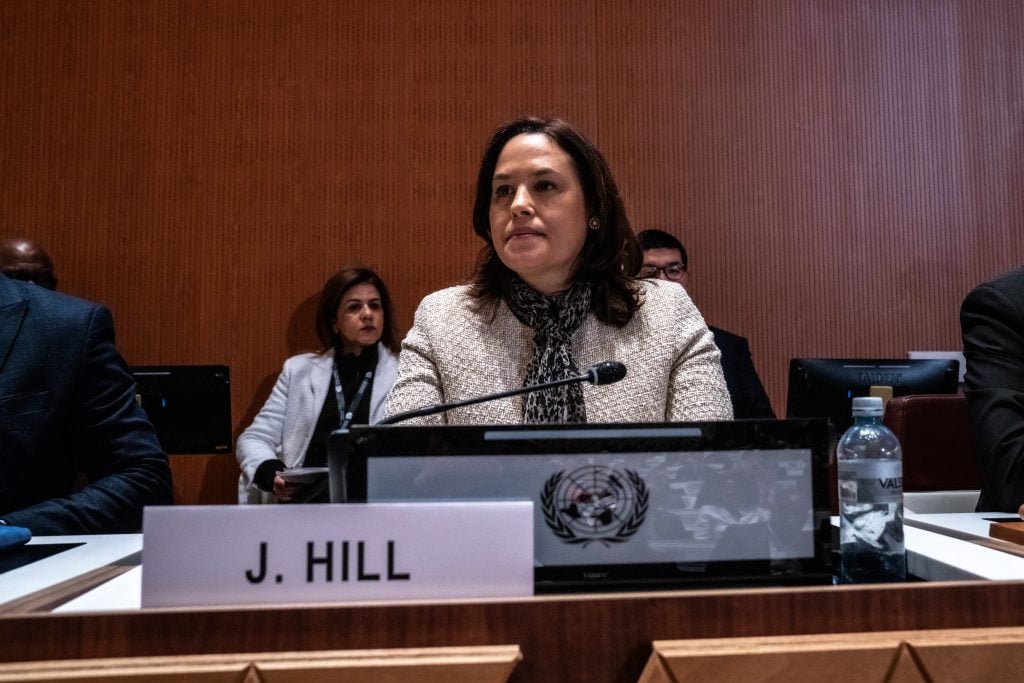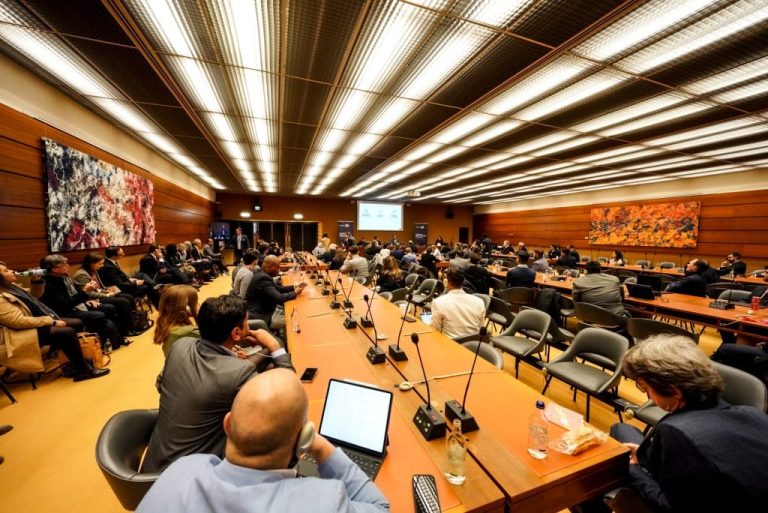Harnessing AI for Global Economic Growth: Insights from a Trade Perspective
Good morning, everyone! I appreciate the opportunity for the World Trade Organization to be part of today’s discussion and share insights on AI governance from a trade perspective.
AI presents us with two distinct narratives: one filled with immense opportunities and revolutionary advancements, and the other fraught with challenges and uncertainties. The intersection of these stories is determined by our approach to governing and embracing this cutting-edge technology, which many believe could be as transformative as the greatest inventions known to humanity.
Recently, AI has transitioned from a mere technological fascination to a powerful catalyst across various industries, reshaping our everyday lives, education, work, and trade. According to PricewaterhouseCoopers, AI has the potential to inject approximately $15.7 trillion – nearly 50% – into the global economy by 2030. Notably, this potential is not just limited to developed nations; the Global South stands to benefit significantly as well.
AI paves the way towards achieving developmental targets across diverse sectors. In education, it can improve learning outcomes in underprivileged regions by customizing lessons to meet individual student requirements. Within healthcare, AI can act as an assistant to doctors, enhancing diagnostic precision and patient care, particularly in areas that are short on medical professionals. In agriculture, smallholder farmers can improve their yields through precise pest management, effective irrigation strategies, and soil evaluations. Furthermore, in finance, AI holds the capability to operate as a personal banker, leveraging nontraditional data to provide credit options to individuals typically excluded from formal financial systems.
Similar to trade over the past 30 years during the WTO’s tenure, AI possesses the potential to stimulate economic advancement and social development within developing countries. Since 1990, trade has elevated more than a billion individuals from extreme poverty, enhancing living standards, even if the benefits haven’t reached all economies equally. A recent WTO report focused on trade and AI emphasizes how this innovative technology can further bolster export-led growth, especially within low and middle-income nations, provided there’s high productivity growth and widespread AI adoption.
Nonetheless, AI’s dual aspects can create opportunities but also amplify biases, exacerbating the digital divide through the concentrated development and implementation of AI technologies. WTO economists anticipate that between 2023 and 2040, AI could contribute an additional 18 percentage points to export growth in low-income economies and up to 16.1 percentage points in lower-middle-income economies — contingent upon universal AI adoption and significant productivity growth. Conversely, if AI adoption remains inconsistent and productivity gains are modest, these figures may fall to 6.5 and 6.9 percentage points, respectively.
To navigate these challenges, the international trading system can play a pivotal role by utilizing existing WTO regulations relevant to trade in AI-enabled goods and services. The Information Technology Agreement has successfully eliminated customs duties on a broad array of ICT products, while the General Agreement on Trade in Services and the TRIPS agreement safeguards intellectual property rights while promoting technology transfer.
Moreover, international collaboration in AI governance is crucial to ensure that the benefits of AI are universally accessible, steering clear of potential obstacles. The WTO is actively engaged in initiatives with developing countries aimed at bridging the gap in digital trade and the digital economy, working collaboratively as we explore the future of AI.







